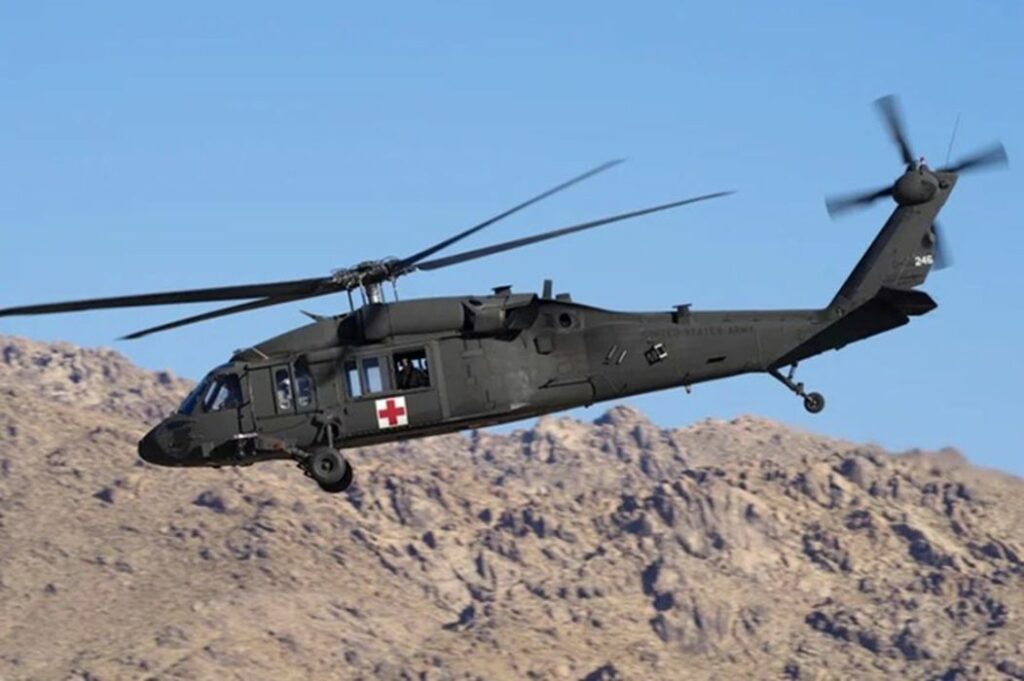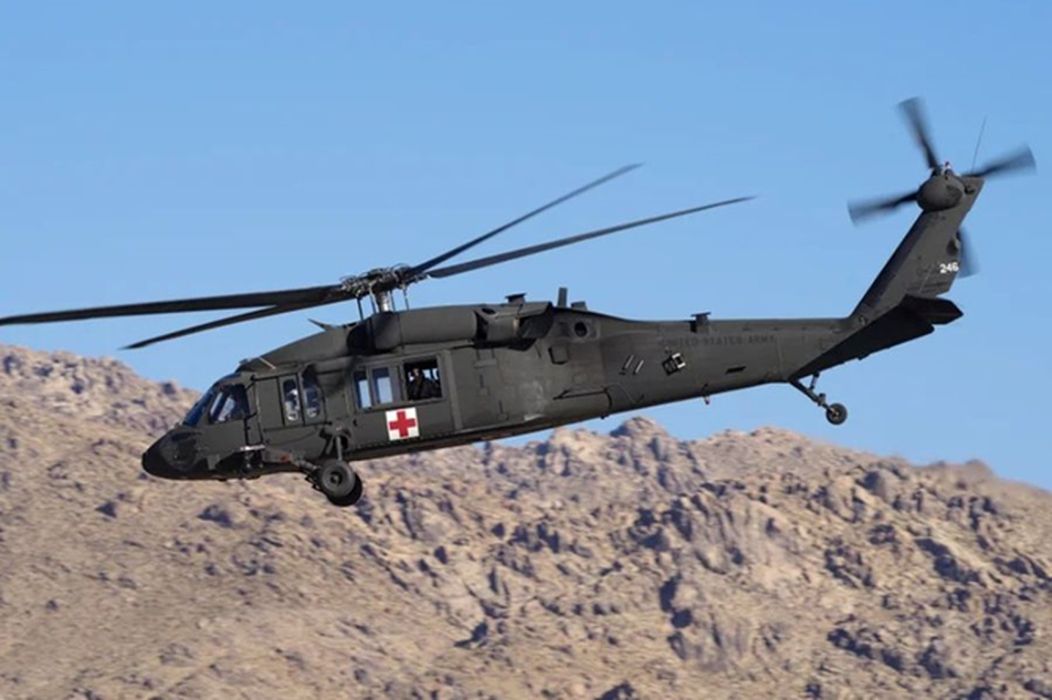
Charles R. Goulding looks at how 3D printing technology could fit into a major helicopter renewal contract.
On June 28th, 2022, the U.S. government announced the 10th renewal of the 120H-60 M Black Hawk helicopter contract for US$2.3B. This is the first renewal since the U.S. military began working with Wichita State University (WSU) to create a digital twin or duplicate, of the Black Hawk using scanning technology and 3D printing. The concept of the WSU project was that the U.S. Department of Defense (DoD) could become more self-reliant instead of relying on OEM parts.
In theory, this should mean that many Black Hawk part designs are now available in the marketplace. We have also recently written an article about Bell Helicopters and its 3D printing initiatives.
Sikorsky is a part of Lockheed Martin, a company that had total sales in 2021 of approximately US$67B and employed 114,000 highly-skilled employees as of December 31st, 2021. About 93% of Lockheed’s workforce is located in the U.S.
When it comes to helicopter design, the quest is always to reduce weight. There are a variety of Black Hawk helicopter weight statistics:
- An empty Black Hawk helicopter is 11,000-12,000 pounds
- The Mission Gross Weight with 11-12 troops is 17,000-18,000 pounds
- The Maximum Gross Weight is 22,000 pounds
- In terms of cargo, a Black Hawk helicopter can lift 2,600 pounds internally and 9,000 pounds by sling
I recently spoke to a senior Sikorsky engineer who told me that the new design twin rotor vertical lift helicopters are extremely heavy. This means that as the industry gains more expertise in 3D printing topology and generative design, more part weight reduction will occur.
Lockheed also has extensive 3D printing experience with the F-35 fighter jet design and development.
Lockheed’s total R&D spend for 2021 totaled US$1.5B as compared to US$1.3B in both 2020 and 2019 respectively.
The Research & Development Tax Credit
The now permanent Research and Development (R&D) Tax Credit is available for companies developing new or improved products, processes and/or software.
3D printing can help boost a company’s R&D Tax Credits. Wages for technical employees creating, testing and revising 3D printed prototypes can be included as a percentage of eligible time spent for the R&D Tax Credit. Similarly, when used as a method of improving a process, time spent integrating 3D printing hardware and software counts as an eligible activity. Lastly, when used for modeling and preproduction, the costs of filaments consumed during the development process may also be recovered.
Whether it is used for creating and testing prototypes or for final production, 3D printing is a great indicator that R&D Credit eligible activities are taking place. Companies implementing this technology at any point should consider taking advantage of R&D Tax Credits.
Conclusion
Defense production is very important at this time. Hopefully, we will see the ten-year renewal defense contract have significant opportunities to use 3D printing to produce important product performance improvements.

